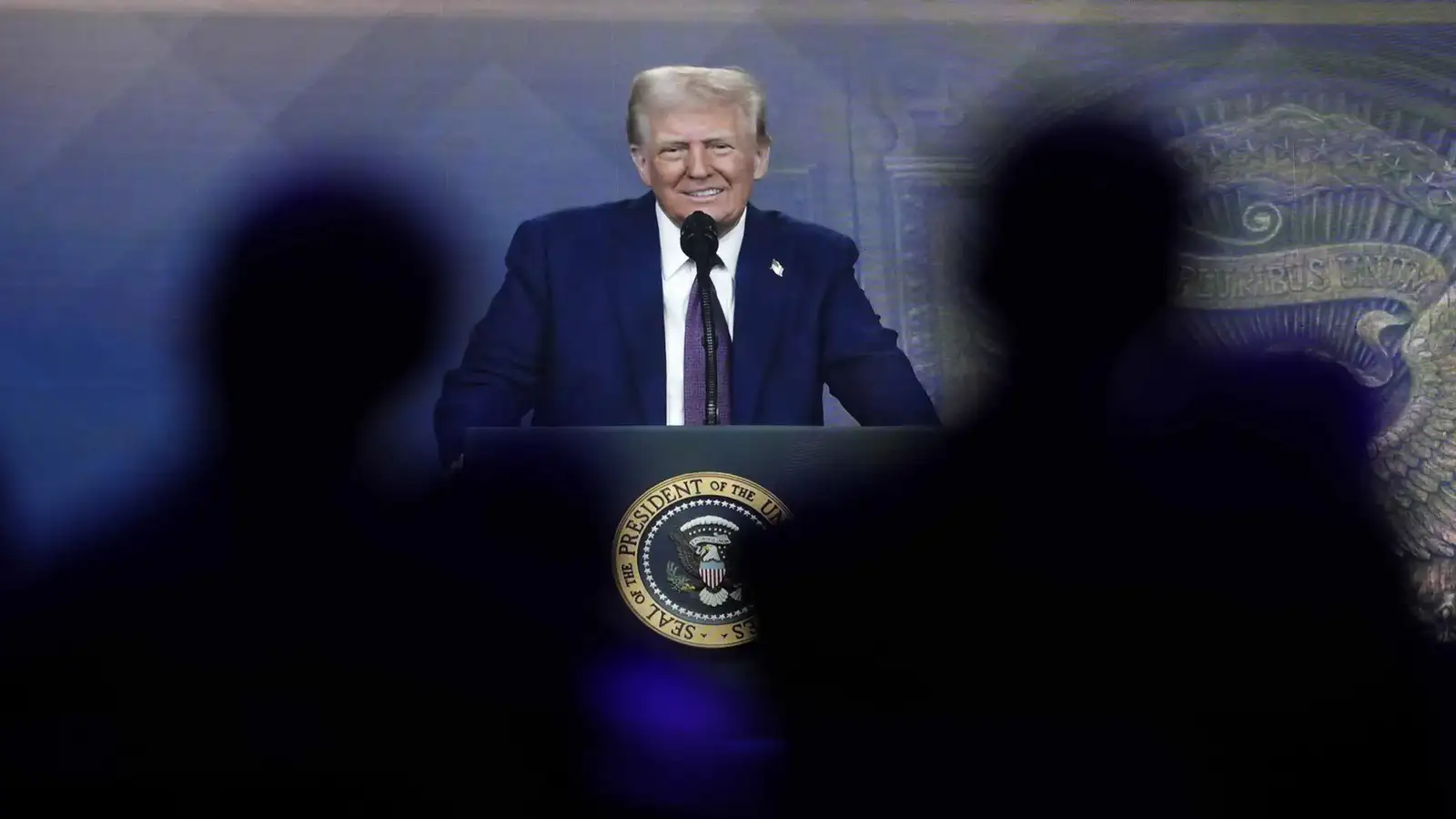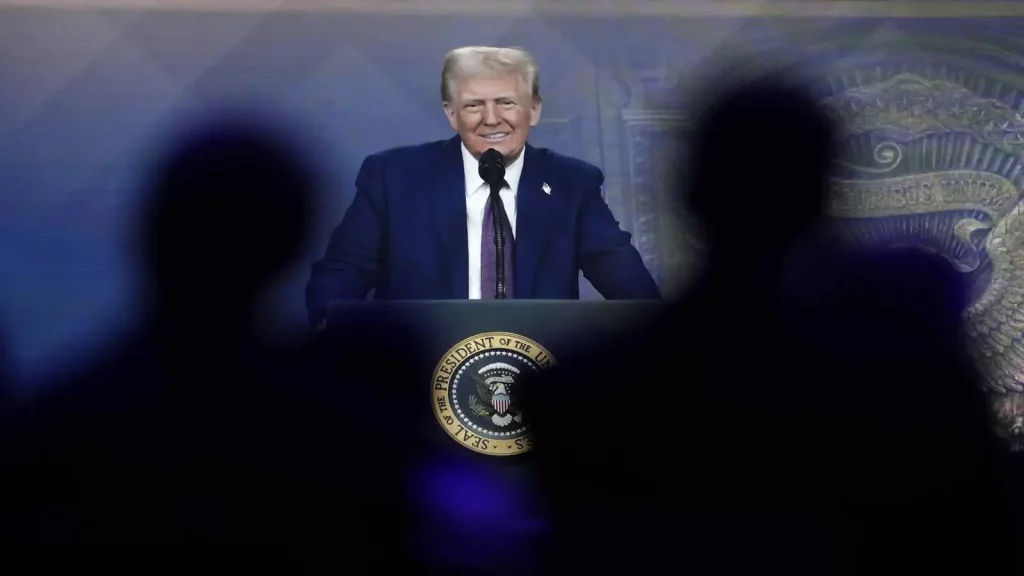A sudden freeze on federal funding threw the country into disarray this week. The freeze, ordered by the Office of Management and Budget (OMB) on January 27, halted billions of dollars in grants, loans, and aid programs. It was part of a broader effort to suspend spending on initiatives tied to what officials described as “woke agendas,” including climate programs and equity-based funding.
The freeze didn’t affect programs like Social Security and Medicare, but it still hit several key services hard—too hard, according to many.
Immediate Impact
Within hours, federally reliant states and institutions were in a state of chaos. Payment systems were frozen, making it impossible to obtain vital funding for community health services, Medicaid, and Head Start.
One example: Early Flowers Learning, a Michigan-based organization running 17 Head Start preschools, suddenly couldn’t access the money needed to pay its staff. If the freeze had continued, the centers would’ve faced closure, affecting families and early education across the region.

Legal Action to the Rescue
The chaos didn’t go unchallenged. Advocacy groups and several state agencies rushed to court, arguing that the freeze put lives and essential services at risk. The American Public Health Association filed an emergency lawsuit, and within a day, Judge Loren AliKhan in D.C. temporarily blocked the freeze.
Under pressure to change course immediately, federal agencies did just that, with a full hearing set for February 3.
White House Reverses the Decision
Facing mounting backlash, the White House backtracked on January 29, just two days after the freeze began. The OMB issued a new statement clarifying that essential programs, including Medicaid and SNAP (food assistance), would be exempt from future disruptions. But with the damage already done, officials opted to lift the freeze altogether.
What Now?
While the immediate crisis is over, organizations remain wary. Many are afraid that future policy changes will put them in a difficult situation. The episode, according to experts, emphasizes the necessity of improved planning and communication when it comes to federal spending decisions, particularly for programs that millions of Americans depend on on a daily basis.

